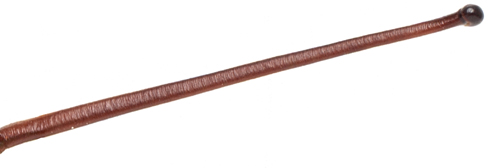Behaviour
Although the behaviour of Achias rothschildi has not been studied in any detail, the agonistic behaviour of another species in the genus has been studied (McAlpine, 1979) and provided some insight into the function of the eye-stalks.
During conflict between males, the two individuals involved face each other with the central parts of their heads touching. However, it is mainly the front legs that are used as instruments of combat, each male using these to strike out at his opponent. Eventually one of the males backs down, and it is more likely to be the one with shorter eye-stalks as these males seem to be instinctively submissive in conflicts with larger males. Because of this, males with longer eye-stalks are more likely to establish a territory which may be located on a section of a tree trunk for example, where they will be sought out by females looking to mate. Therefore, these males would achieve greater reproductive success. However, if there is a shortage of larval food this might give males with short eye-stalks an advantage, as development of long eye-stalks would require more nutrients.
-
Feeding
Larval food is currently unknown for this species, and poorly known for Platystomatidae in general. Find out what the few records of feeding that do exist for the subfamily Platystomatida indicate about its feeding patterns.
